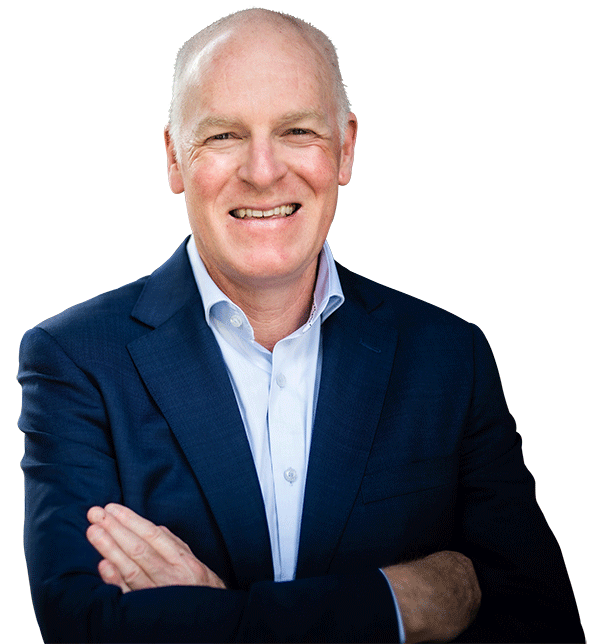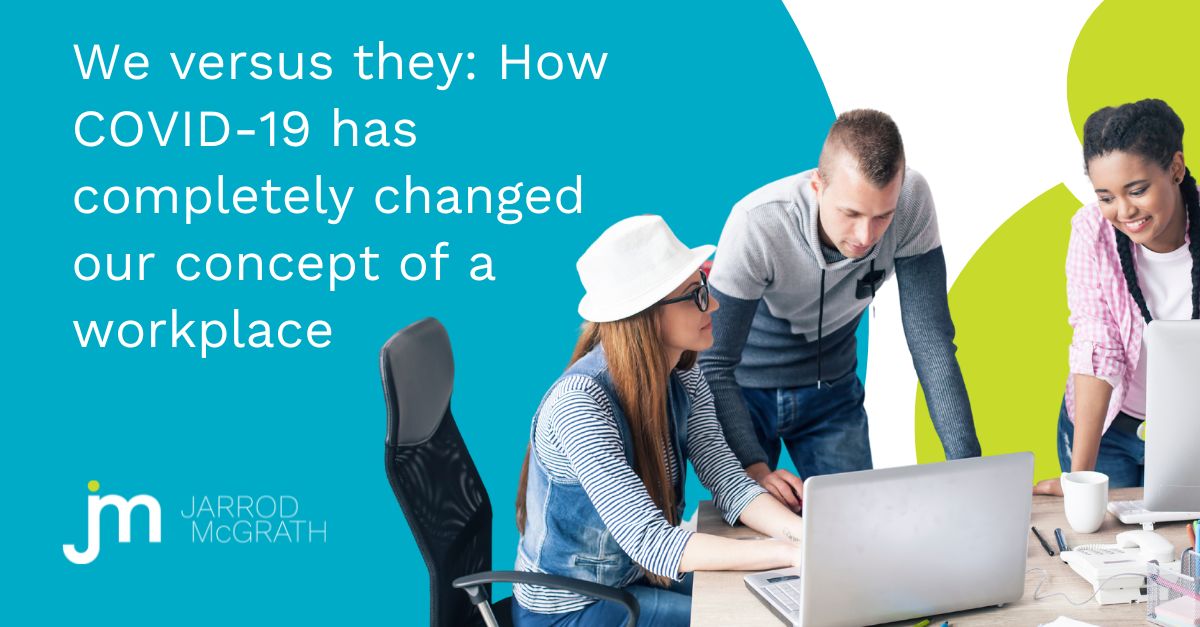Winning the war on talent by building serious digital muscle
Explore my analysis on global workforce evolution, first published on People Matters. This piece discusses digital readiness's pivotal role, the...
3 min read
 Jarrod McGrath
:
Apr 21, 2021
Jarrod McGrath
:
Apr 21, 2021

We need a mindset change on how we approach not just technology, but also people and processes in the workforce. Despite the prevalence and perceived threat of technologies which can upend how we earn a living, industry leaders recognize the importance of their people more than ever. There is a new role for HR in this reality, to evolve its own position and help others find theirs.
According to Gregory Woiral, the idea and practice of job loss through automation or ‘technological unemployment’ has likely existed since the invention of the wheel[1].
There’s nothing new about this, but the pace is fast accelerating and that is causing completely justified fear among workers, who feel the threat of emerging technology as a replacement for their livelihoods.
Over nine percent of the US workforce is employed in the transport industry[2] – many of these will disappear as automated transport becomes more prevalent. Elsewhere, mid-management roles, accounting, office clerks and yes, even HR, look set for a major disruption this decade. There is no natural time to adjust to new careers that emerge from old ones that disappear, leaving people in an unfair position.
As HR adjusts to its position in the firing line, it bears a huge responsibility to protect itself and other disciplines and help them adjust to the future digital workforce.
We need to ask ourselves: what does the future workforce actually look like? In the upcoming second edition of my book, aptly named The Digital Workforce, I put this question to leaders across the human capital management (HCM) space worldwide.
Despite the supposed onslaught of emerging technology, our community recognizes more than ever that people are at the epicenter of everything we do, and that we need to change the mindset from viewing technology as a tool, and instead as a collaborator.
That’s not a mindset we can just shoehorn or propagandize into the workforce – it needs to be backed by real change and a sense of care between management, HR leaders and the workforce.
For example, if a company realizes there is emerging technology that will likely replace a percentage of its workforce, they should take an honest look at it. They can’t ignore it. Innovation stops for no one, and as is clear from the famous case of Kodak’s invention and subsequent neglect of the digital camera, you can easily be left behind and likely to the detriment of a far greater share of your workforce.
Whose jobs will be affected by this technology and how many? When is it likely to be viable? How are we going to help staff affected by this work in other areas of the company, or develop their career elsewhere? Asking and addressing these questions is the kind of leadership we need.
Employees too can’t just go gentle into irrelevance. There must be open lines of communication from the coal face to the shareholder where staff can take the initiative and discuss what they need to stay relevant.
These are words that are often overused but are essential to meet this ambitious transformation of businesses as well as the HCM and HR industries.
These terms are also relevant – you might trust your employer to pay your wages, but not to be transparent in how it is approaching the use of technology. Technologies such as artificial intelligence (AI) are palpably distrusted, and employers have to own that their lack of communication or clarity in how they plan to use these technologies contributes to that.
HR needs to change too and become more holistic. There is a shift taking place from focusing on compliance to ensuring their people are empowered to bring their best selves to work (whether that be a physical workplace or not).
This is about checking in more than keeping tabs or monitoring. And checking in on a regular basis, not just once a quarter or once a year. Diversity and inclusion are part of this – to date, these have typically been initiatives within companies, rather than built into their DNA. That status quo is changing.
This kind of elevated and enhanced role for HR cannot be done by a robot either; it can only be assisted by it!
We’ve been cast into a totally unpredictable new working reality with very little notice – and for the most part, we’ve done incredibly well. There’s no better time than now to take these new mindsets into the workforce and make long-overdue, meaningful change to how we approach people, processes and technology, and create a more successful, blended workforce consisting of all three.
Organisations need to take responsibility for their own destiny and remember everything they do, are or aspire to be, centers around their people.
Notes
[1]Woirol, G., 1996. The technological unemployment and structural unemployment debates. Westport, Conn: Greenwood Press.
[2]https://www.bts.gov/transportation-economic-trends/tet-2018-chapter-4-employment#:~:text=Key%20Takeaways,workers%20in%20the%20United%20States.
Originally published by HR.COM
Jarrod McGrath, April 21, 2021

Explore my analysis on global workforce evolution, first published on People Matters. This piece discusses digital readiness's pivotal role, the...

In this blog, I discuss the evolving dynamics of the workplace, emphasising that traditional perks like corner offices and financial compensation are...

In my article for The Australian, I discuss the importance of meaningful employee engagement beyond mere formalities. It's a call to action for...